Montréal-based documentary photographer Drowster is on a mission to eradicate prejudices via the power of beautiful images. By showing social issues in a positive light, he aims to contribute to real change. Drowster is particularly interested in subjects related to labour and isolated communities, as well as working to combat Islamophobia.
In addition to his documentary work in Asia and the Middle East, Drowster has created many projects in Canada, the United States, and Europe.
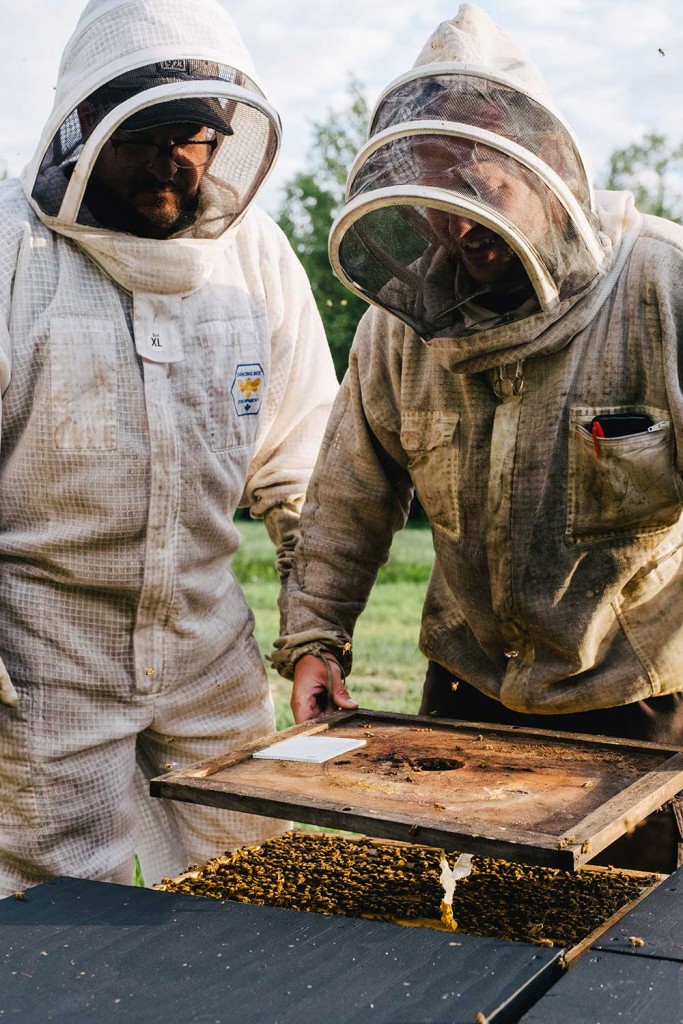
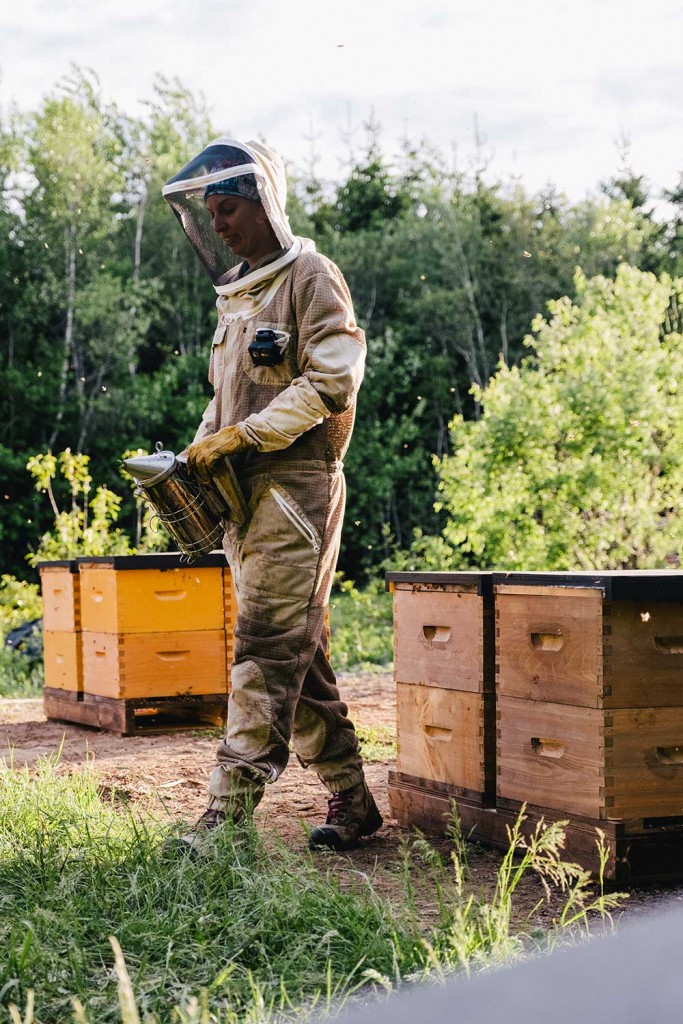
Where does your interest in photography come from?
Wanting to learn to appreciate the present moment more, I started to pay attention to light. I found that it was too beautiful to be seen by my eyes only so I began photographing it with my smartphone. After taking thousands of pictures this way, I slowly developed my style and, nine years later, here I am.
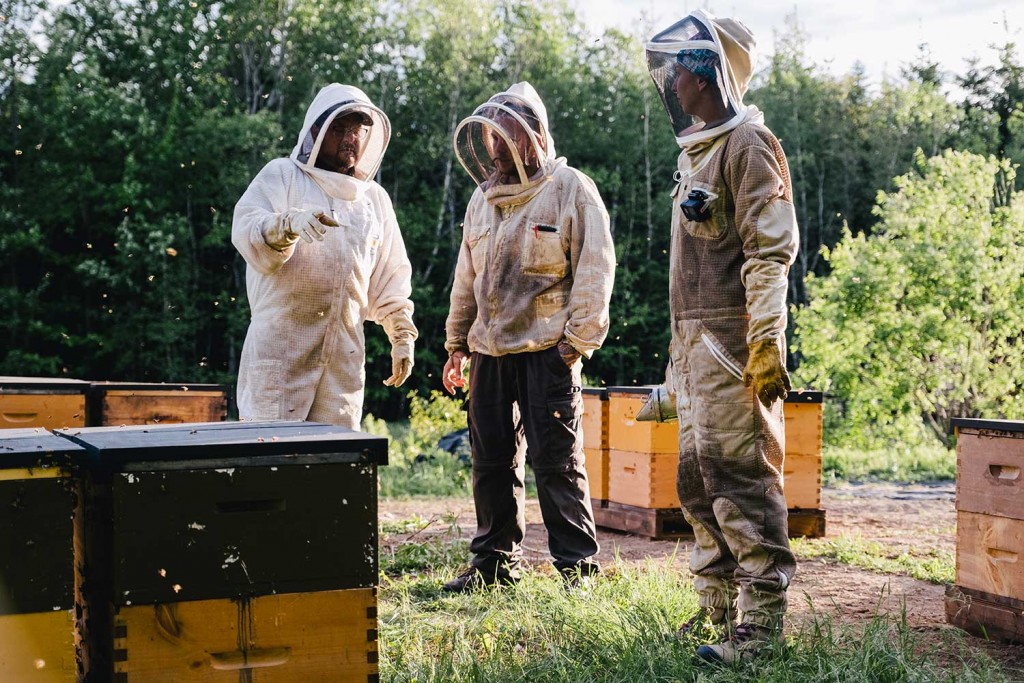
Which work or photographer has had the greatest influence on you?
My work is really the amalgam of the work of three photographers who have inspired me tremendously: Lewis Hine, for his social engagement; James Nachtwey, for his composition; and Steve McCurry, for his colours.
What are you trying to capture in the subjects or landscapes you photograph?
Their magnificence, their humanity, and their uniqueness.
What role does mystery and the unexpected play in your photography?
My best images are taken in that space where discomfort and control overlap.
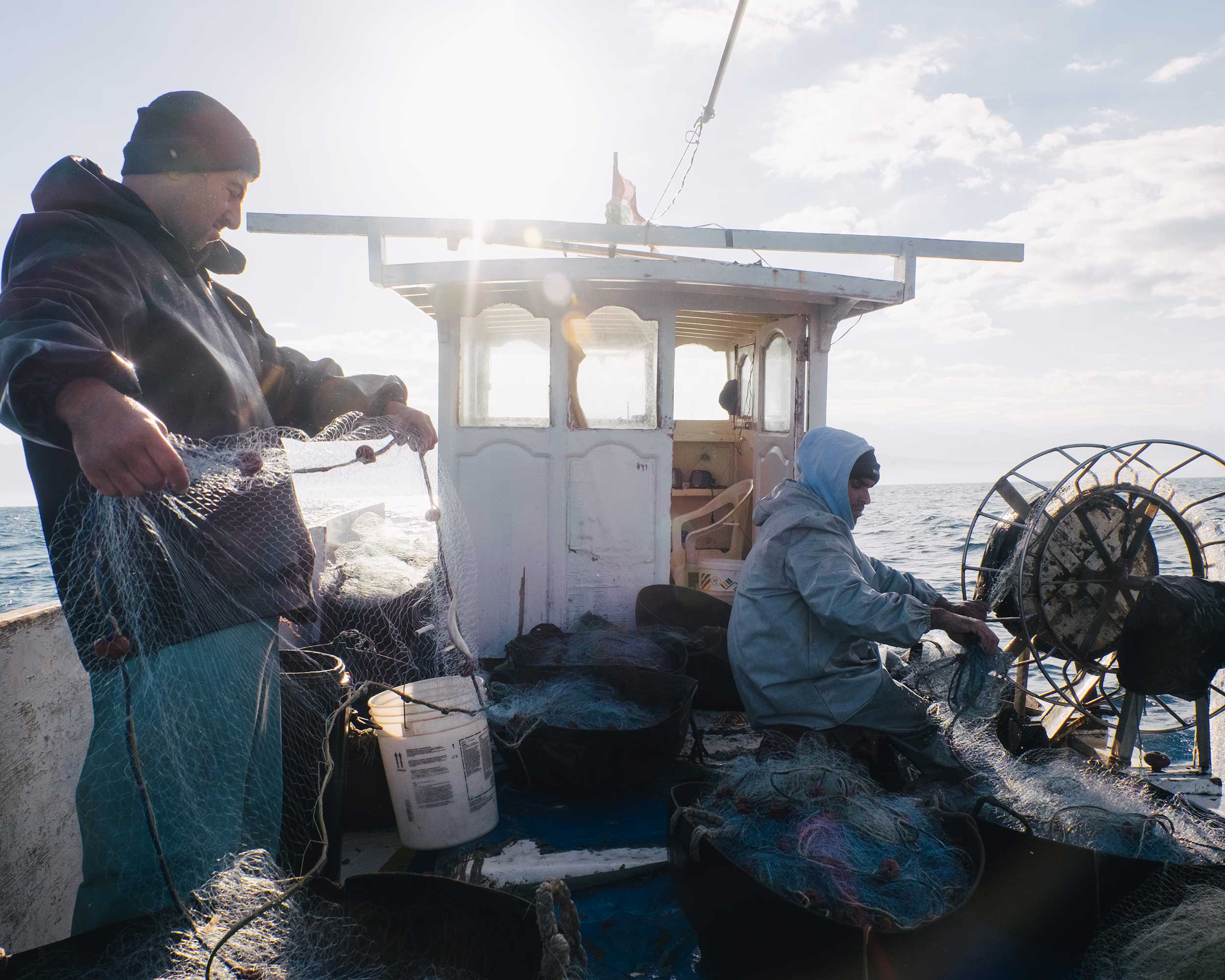
Is there a story or a place you’ve photographed that has left a particularly strong impression on you?
Early in my career, a friend asked me to take a photo of his brother who had a degenerative illness. He was going to die soon. These are the kind of circumstances where photography reveals the extent of its power: a medium that captures and freezes the present, so that it can last. I had goosebumps.
Tell us about a photograph you didn’t get to take.
In 2017, at the end of a 10-month journey in which I crossed the Middle East and ended up in South Asia, I lived with a family in a small, isolated village in the Himalayas. One day, the grandmother, who I had never seen leave the house, invited me to follow her. After 10 minutes of walking, we found ourselves at the bedside of her dying sister. I understood then that this was their last goodbye. I had too much respect for the moment and kept my camera turned off in spite of the beauty of the scene: soft light streamed in through the window, the mountaintops were visible in the distance, and inside the room, brightly coloured blankets covered the dying sister. I savoured it fully with my eyes, and if I had to do it over again, I wouldn’t change a thing.
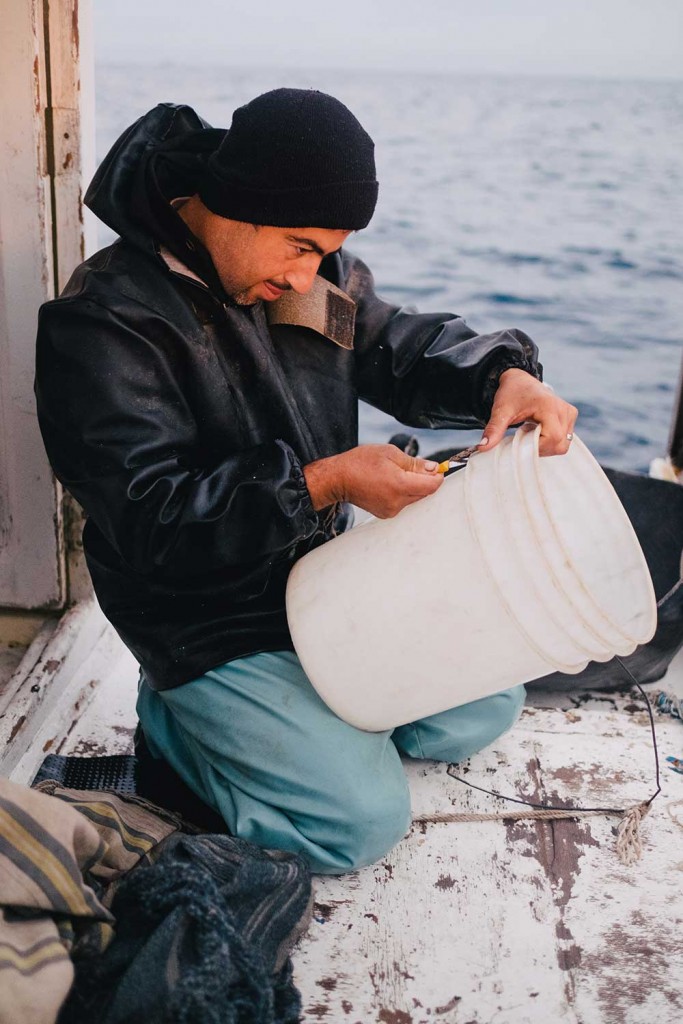

Working people are among your favourite subjects. Can you tell us why?
From a very young age, I’ve been fascinated by the way humans decide to spend a good part of their time on earth. Some choose their work by vocation, others don’t; some find happiness through their work, and others not so much. I see the planet as a kind of enormous anthill where everyone plays a part, contributing to the functioning of the ecosystem formed by all our civilizations.


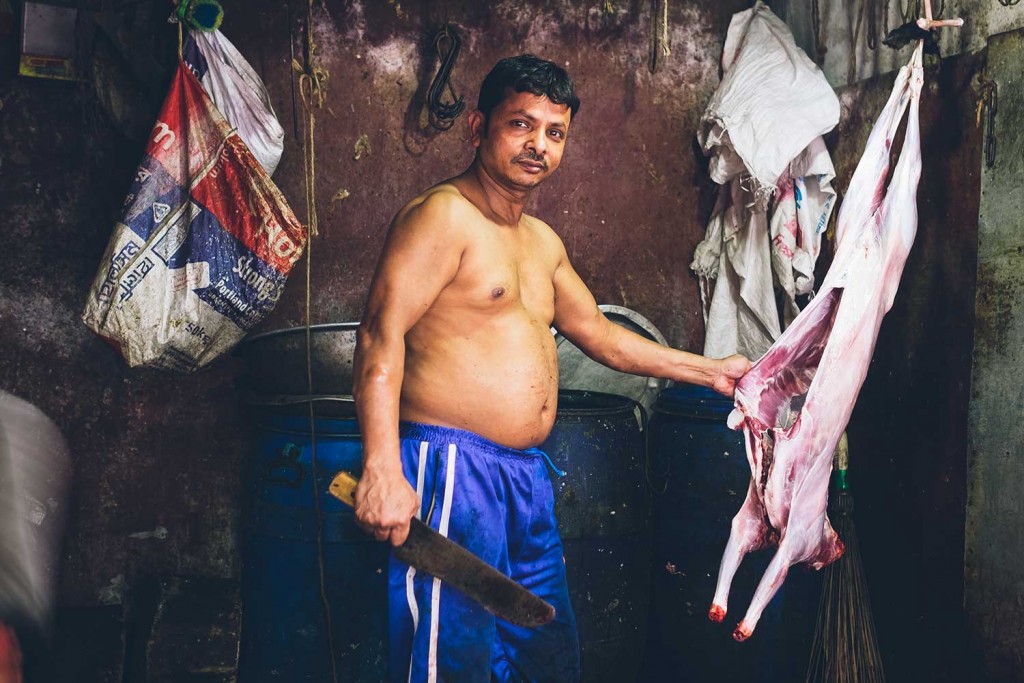
Can you explain the selection process for the photography subjects who appear in your new publication, Travailleurs, with Éditions Cardinal?
While travelling, I would take long walks in the countries I visited and photograph whatever piqued my curiosity — after a while, I began to realize that a series of portraits of working people was slowly taking shape. I called the project “The Study of Working Men,” and I continued to photograph men at work, often in the street, who perform unexpected manual jobs: work that seems like it emerged from the Industrial Revolution in the 19th century.
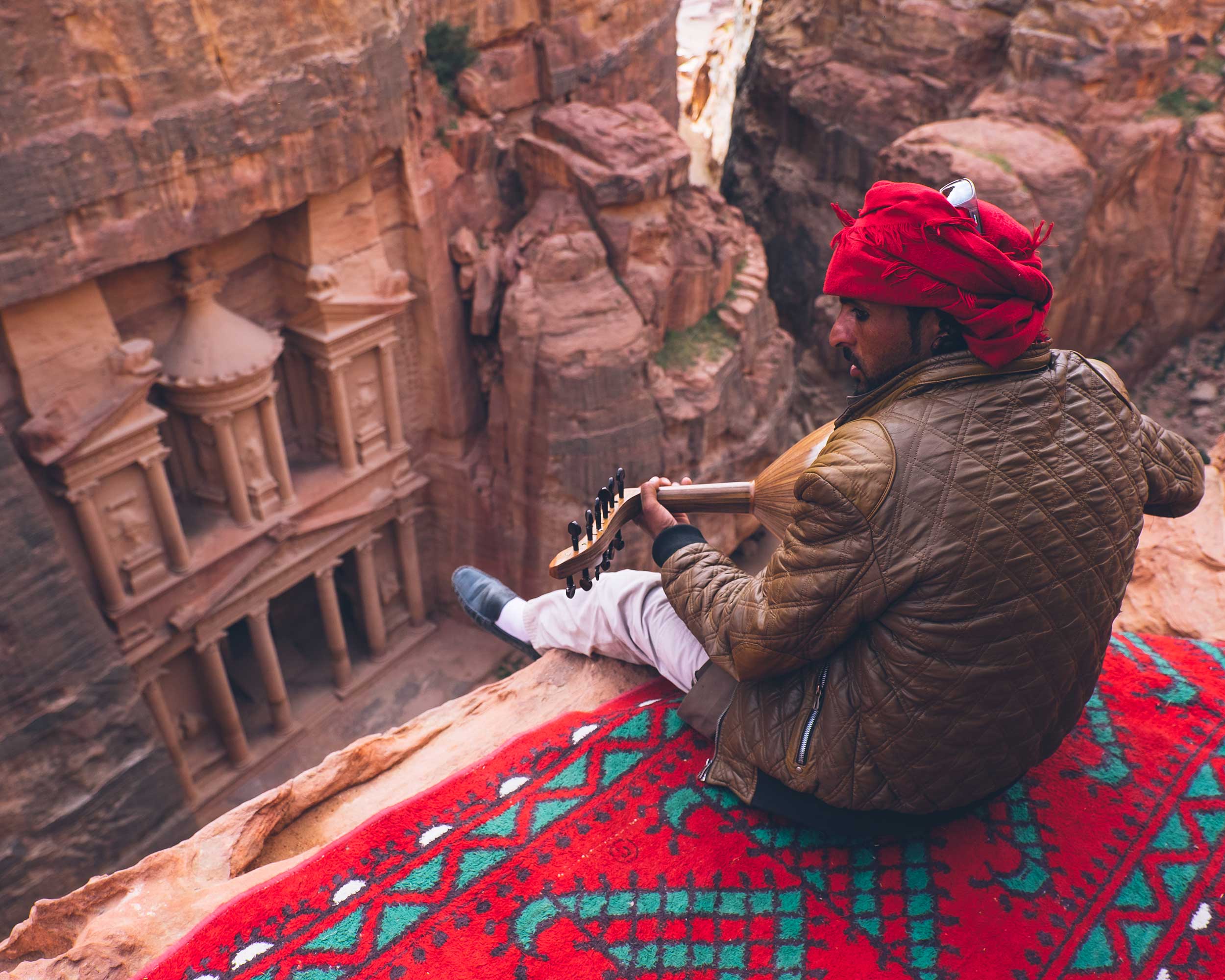
Is there a cause you’d like to tell us about? An organization in particular that you care about?
After some incredible encounters in the Middle East, and having read about the power dynamics in the area, I made it my mission to contribute to overcoming Islamophobia. Muslims endure the consequences of the actions of a tiny minority of extremists who prevent many from seeing the true goodness — and humanity — of a great number of people. Whether it’s by dismantling stereotypes about women in an area or by capturing the magnificent landscapes of these countries we know so little about, I’m trying to depict these things in a positive way, and thus diminish the hate. I just want everyone to love each other.
What are you working on right now?
Two new top-secret projects with Éditions Cardinal! 🙂
Name three Instagram accounts that you find particularly inspiring.
@gaelleleroyerphotography, @shaynelaverdiere, and @theindependentphoto.
Never Miss Another Issue
Two issues per year
25% OFF previous issues
Free Shipping in Canada





